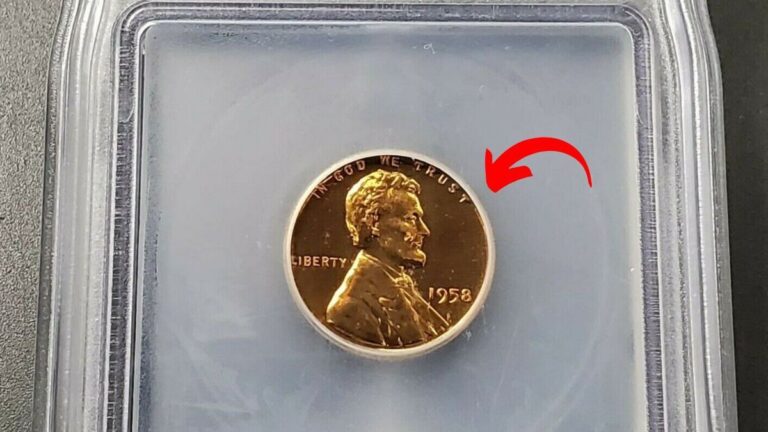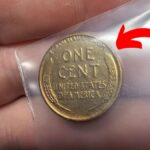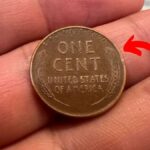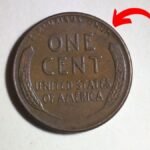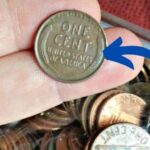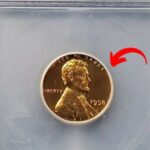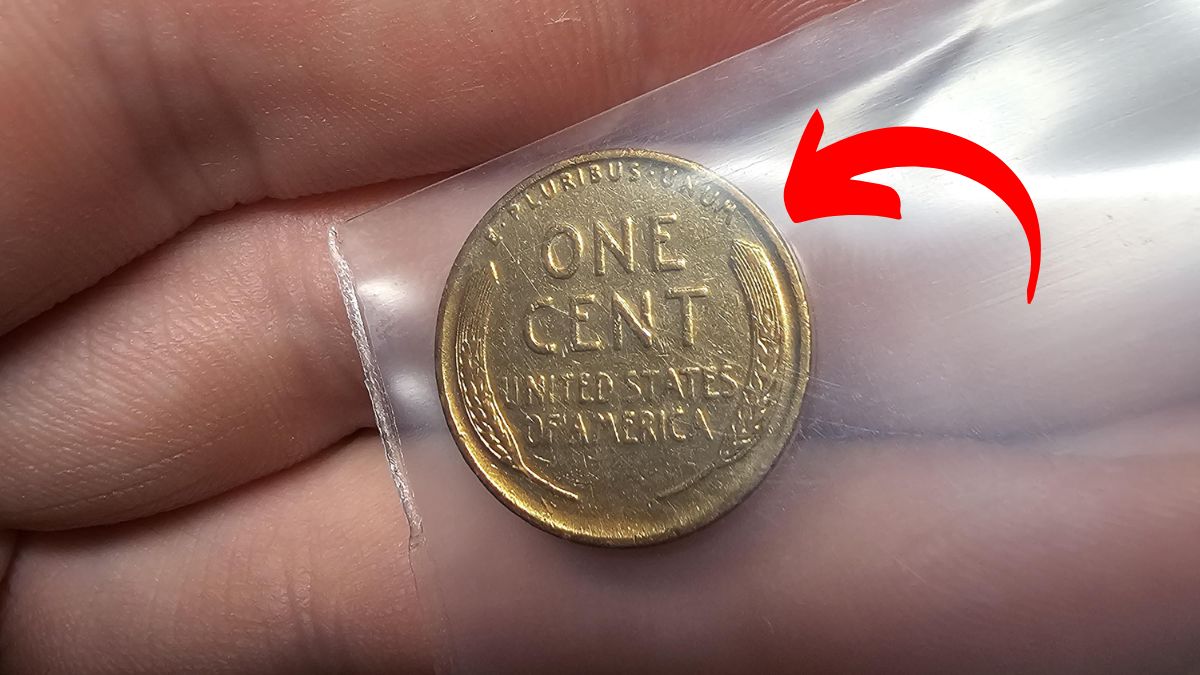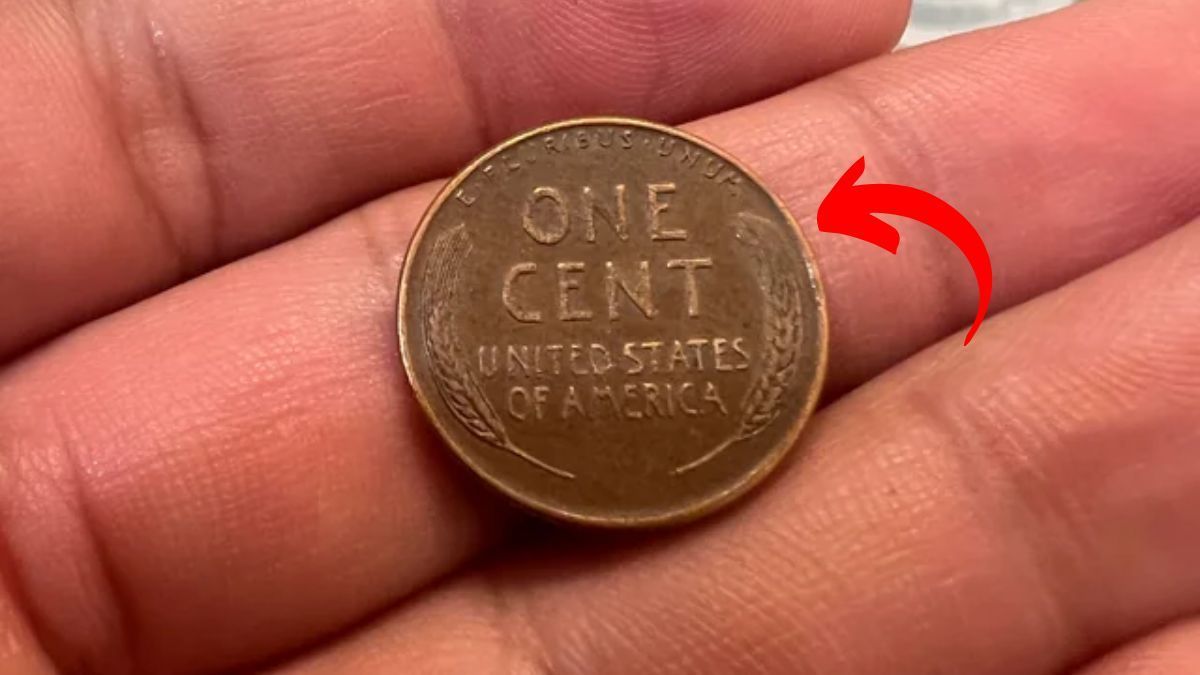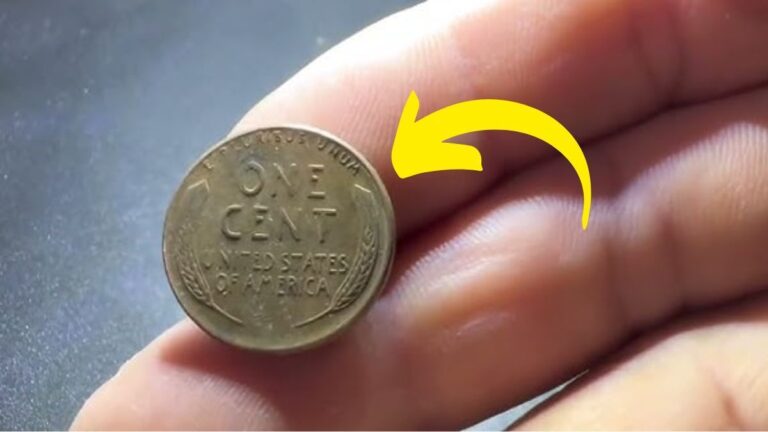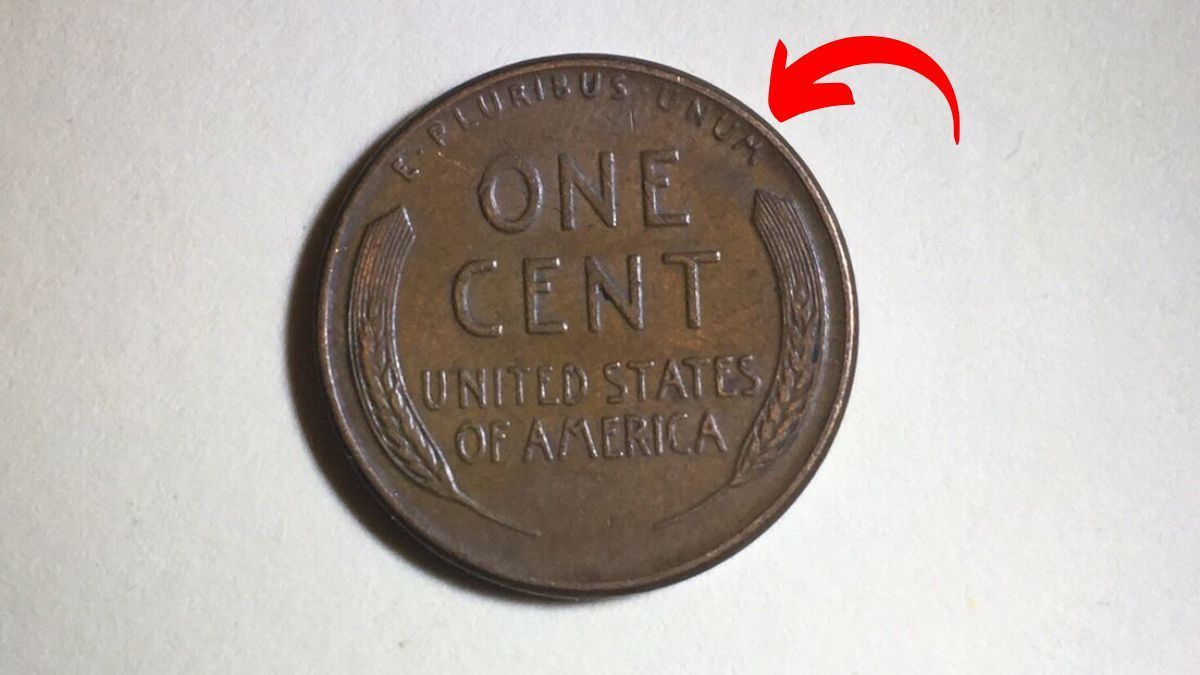Lincoln Wheat Penny Valued at $5 Million: The Lincoln Wheat Penny represents one of the most fascinating chapters in American coin collecting history. Minted from 1909 to 1958, these pennies were a common sight in everyday transactions across the United States for nearly half a century. While most of these coins are worth only their face value or a few cents to collectors, certain rare varieties have achieved legendary status in the numismatic world. The most famous among these is the 1943 bronze Lincoln Wheat Penny, which has sold for extraordinary amounts at prestigious auctions. What makes this particular coin so special is not just its rarity, but the remarkable circumstances under which it was created during one of America’s most challenging periods.
Wartime Production Creates an Accidental Treasure
The story of the million-dollar penny begins during World War II when America needed every piece of copper available for the war effort. In 1943, the U.S. Mint made the decision to switch from copper to zinc-coated steel for penny production to conserve copper for ammunition and military equipment. This change was part of the broader national effort to support the troops overseas by redirecting essential materials to military use. However, during this transition, a few copper blanks from 1942 apparently remained in the minting equipment. When these leftover copper blanks were accidentally struck with 1943 dies, they created what would become one of the rarest and most valuable coins in American history. This manufacturing error, born from the chaos and urgency of wartime production, resulted in fewer than 20 confirmed examples of the 1943 copper penny.
Understanding the Million-Dollar Valuation
The extraordinary value of the 1943 copper penny stems from several factors that work together to create perfect conditions for high valuations. The primary factor is extreme rarity, with experts confirming that fewer than 20 genuine specimens exist worldwide. This scarcity means that when one appears at auction, it attracts intense bidding from serious collectors who may never get another chance to own such a piece. The historical significance adds another layer of value, as these coins represent a tangible connection to America’s World War II experience and the sacrifices made on the home front. The condition of individual coins also plays a crucial role in determining value, with pristine examples commanding the highest prices. Finally, the ongoing public fascination with these coins has created sustained demand that continues to drive prices upward at major auctions.
How to Identify a Potentially Valuable 1943 Penny
For those hoping to discover a valuable 1943 copper penny, there are several key identification methods that can help distinguish between common steel pennies and the rare copper versions. The first step is to verify the date, which should clearly read 1943 without any signs of alteration or tampering. The most reliable test is the magnet test, where a genuine copper penny will not stick to a magnet, while the common 1943 steel pennies will be strongly attracted to a magnet. The color difference is also significant, with authentic copper pennies displaying the characteristic reddish-brown hue of copper, contrasting sharply with the silvery appearance of steel cents. Weight is another important factor, as a genuine copper penny weighs approximately 3.11 grams compared to the 2.7 grams of a steel penny. These identifying features can help determine whether a coin warrants professional evaluation and authentication.
The Impact on American Coin Collecting Culture
The existence of such incredibly valuable pennies has fundamentally transformed how Americans view their pocket change and approach coin collecting. People who never considered themselves collectors now routinely examine their pennies, hoping to discover hidden treasure among their everyday coins. This heightened awareness has brought countless new enthusiasts into the hobby of numismatics, expanding the collector base and increasing appreciation for the historical and cultural significance of American coinage. Many individuals who initially began searching for the famous 1943 copper penny have developed a deeper interest in coin collecting as a whole, learning about different series, mint marks, and the stories behind various coins. The phenomenon has also led to increased preservation of older coins that might otherwise have been spent or discarded.
The Critical Importance of Professional Authentication
Anyone who believes they may have found a rare 1943 copper penny must understand that professional authentication is absolutely essential before making any claims about the coin’s value. The market is flooded with counterfeits, including cleverly altered dates on 1948 pennies and copper-plated 1943 steel cents designed to fool inexperienced collectors. Professional numismatists employ specialized equipment and decades of experience to verify a coin’s authenticity, examining microscopic details that are invisible to the untrained eye. Reputable certification services such as the Professional Coin Grading Service (PCGS) and the Numismatic Guaranty Corporation (NGC) provide definitive authentication that is crucial for coins of significant value. Without proper certification from these recognized authorities, even a genuine rare penny may be met with skepticism from potential buyers and collectors.
Proper Preservation of Potentially Valuable Coins
If someone suspects they have discovered a valuable penny, proper preservation becomes extremely important to maintain its condition and potential value. Coin experts strongly advise against cleaning or attempting to improve the appearance of any potentially valuable coin, as these actions can dramatically reduce its worth. The natural patina that develops over decades is highly valued by collectors, and cleaning can remove this desirable characteristic while potentially causing permanent damage to the coin’s surface. Proper storage involves using appropriate holders that do not contain PVC, which can cause chemical damage over time. Handling should be minimized and done only by the edges, ideally while wearing cotton gloves to prevent oils from skin contact that could harm the coin’s surface. Temperature and humidity control are also important factors in long-term preservation.
Other Valuable Lincoln Wheat Pennies Worth Knowing
While the 1943 copper penny garners the most attention, several other Lincoln Wheat Pennies have achieved significant values at auction. The 1909-S VDB Lincoln Wheat Penny, minted in San Francisco with only 484,000 produced, is notable for including the designer’s initials “V.D.B.” which were later removed due to public controversy. Well-preserved examples of this coin have sold for over $300,000 at major auctions. The 1955 Double Die Lincoln Wheat Penny represents another minting error where the date and lettering appear doubled due to a mistake in the die preparation process. With only an estimated 20,000 to 24,000 examples minted, these coins can be worth tens of thousands of dollars depending on their condition. These examples demonstrate that the Lincoln Wheat series contains multiple opportunities for collectors to find valuable coins.
The Ongoing Treasure Hunt Across America
The possibility that million-dollar pennies remain undiscovered has created an ongoing treasure hunt throughout the United States that shows no signs of slowing down. People regularly check their change, search through old coin collections inherited from relatives, and examine rolls of pennies obtained from banks, all hoping to uncover this elusive prize. While the odds of finding one are extremely small, the potential discovery of such a coin would indeed be life-changing for the lucky individual. This widespread search has an additional benefit of helping preserve many historic coins that might otherwise have been lost, damaged, or destroyed, thereby contributing to the preservation of America’s numismatic heritage. The hunt has also led to increased awareness of coin collecting and American monetary history among the general public.
Beyond Monetary Value: Historical Significance
The 1943 copper penny represents much more than just an incredibly valuable collectible item. It serves as a tangible reminder of the sacrifices and adaptations made during World War II, when even the composition of the humble penny was altered to support the war effort and help ensure victory for Allied forces. The coin demonstrates how small errors in manufacturing can sometimes create objects of tremendous value and historical significance. Perhaps most importantly, it reminds us that history can sometimes be hiding in plain sight, even in the coins jingling in our pockets or sitting in forgotten collections. Whether or not someone ever discovers a million-dollar penny, the story itself enriches our understanding of America’s past and the everyday objects that can become extraordinary treasures.
Setting Realistic Expectations for Collectors
While the idea of finding a Lincoln Wheat Penny worth millions is undeniably exciting and captures the imagination, it is crucial to base expectations on verified historical data and documented sales. Rare pennies can certainly be valuable and worth significantly more than their face value, but claims of specific high-value coins in circulation should be evaluated carefully against credible evidence and expert authentication. For those interested in coin collecting, focusing on known rare varieties and understanding their specific characteristics is the best approach to building a valuable and meaningful collection. Learning about mint marks, dates, conditions, and the historical context of different coins provides a solid foundation for successful collecting. The hobby offers rewards beyond monetary value, including historical knowledge, the thrill of discovery, and connection to America’s rich numismatic heritage.
Disclaimer
This article is for informational purposes only and should not be considered as investment or financial advice. Coin values can fluctuate based on market conditions, rarity, condition, and collector demand. Claims about specific coin values should always be verified through professional authentication services and current market data. The existence of extremely valuable coins in circulation, while possible, is extraordinarily rare. Anyone believing they have found a valuable coin should seek professional evaluation before making any claims about its worth. The author and publisher are not responsible for any decisions made based on the information provided in this article. Always consult with certified numismatic professionals for accurate coin identification and valuation.
